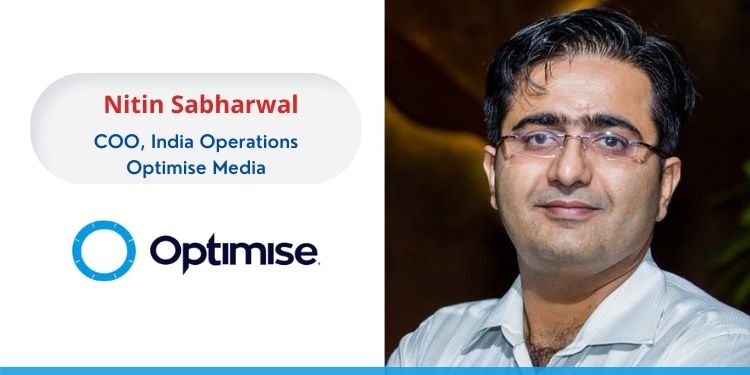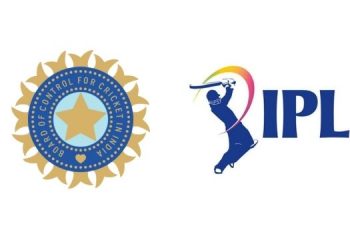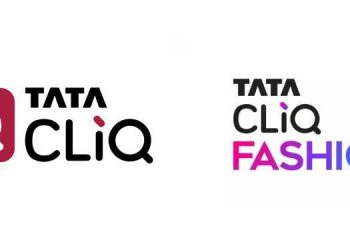There is no doubt that in the last one and half years, Covid has emerged as the overshadowing disruptive force for everyone including companies and brands. And in response, brands have also been realigning their strategies as well as reallocating resources for various verticals including marketing and sales. And of course, in an all-out digitalizing marketplace, gravitating to digital marketing has been inevitable for most companies. The growing traction in online delivery channels symbolizing a shift in both end-customer and business behaviour has been coincident with the advent of a fast-emerging digital wallets and payments ecosystem in the country. And with increased penetration of internet and smartphones, as the number of end-users taking to social media surges exponentially along with rising usage of gaming and video entertainment, the role of influencer marketing becomes an indispensable component in companies and brands’ wider digital marketing strategies. In other words, in recent times with lockdowns confining everyone including social influencers indoors, influencer marketing has become a potent weapon in brands’ digital marketing arsenal.
Indian companies taking the high digital road
In a survey conducted by a customer service software firm, more than half of Indian companies had planned to advance their digital makeover programmes by one to three years with 72% holding up customer experience as a greater priority than what it was a year before.[1]Then going by Dell Technologies Digital Transformation Index, a whopping 94.7% of Indian companies had expedited digitalization in some measure. At the same time, according to another study, with a view to reinforce trust in the emerging digital systems, 67% of companies had reported to increase their focus on cyber security and associated systems in the country illustrating the irreversible digital journey that the Indian organizations have embarked upon.[2]
Influencer marketing drive seen across sectors
And derived from this impressive all-round digital switchover, influencer marketing has made substantial strides cutting across sectors and industries. Whether it is food and nutrition, or fitness, fashion and lifestyle, or FMCG, or real estate or banking, insurance and financial services sectors, influencer marketing has spread its wings across different industries and sectors. According to a GroupM INCA-e4m report which came out only last month, of the total volume of influencer marketing campaigns conducted by Indian companies, personal care accounted for 25%, food & beverages 20%, fashion and jewelry 15% and mobile and electronics 10%, all combining to contribute to 70% of the total campaigns.[3]In fact last year itself, 78% of marketing personnel had reported opting for influencer marketing with 13% being first-time users of this medium.
Social media redefining the dialogue between brands and end-customers
In the recent past, on the back of the ever-growing popularity of an assortment of social media platforms, India has seen the rise of nearly 450 million-strong social media user base in the country. Between last year and this year, there has been a 78% jump in social media user strength in India. From Facebook to Instagram, to YouTube to Twitter, to WhatsApp to LinkedIn and many others, Indians are present on nearly all platforms. While Whatsapp has been found to have most users, it has been followed by YouTube, Facebook, Instagram and Twitter. So, it goes without saying that brands and companies would go all out to make new connect with potential customers while cementing their earlier connect with existing patrons. And with social media influencers maintaining a vibrant presence and indeed driving social media traction, there is no digital marketing tool more potent than influencer marketing for brands and companies. A GroupM report says that nearly two-thirds of the Indian population follow an influencer. In fact, a consumer survey had reported that 71% of consumers had made purchases drawing on a recommendation on social media.
The influencer marketing phenomenon seen in sheer numbers
Riding on the popularity and surge of social media, in last few years and particularly during the Covid-driven lockdown period, there has been an outpouring of social media influencers. Almost overnight, ordinary folks with a degree of publically acclaimed experience and expertise on a niche subject, product or service have been pitch forked onto that ‘high pedestal’ from where they can with authority influence people’s purchasing behaviour. This has been a huge breakthrough for Indian companies and brands. From their point of view, this new tribe of buying behaviour influencers has emerged ‘in all sizes’. From mega influencers to macro to micro and even nano-influencers, there is a lot to choose from for the brands now. No more do they have to be dependent on the traditional celebrity endorsement routes wherein apart from the prohibitive cost factor, ‘managing’ the celebrities itself becomes an added task for companies. As opposed to this, the influencer marketing route not only gives them access to most-relevant and appropriate spokespersons and ambassadors for their products and offerings, it alsoboosts revenue and sale while optimising their ROIs.
A win-win situation for influencers too
At the same time, the emerging landscape is also proving to be beneficial for influencers themselves. Instead of having to put up with schedules of regular outdoor shoots accompanied with heavy equipment and material, they can shoot a campaign with widely available portable cameras sitting from the comfort of their homes. At a time when economy has been somewhat in a struggle mode, sure the income from promotion on social media would not hurt. Many influencers even switched their content focus to related categories leveraging their earlier popularity on social media platforms. Indeed, many of them even reportedly became conduits for exchange of precious information for common people looking for Covid-related information and facilities.
Performance marketing, the enabler of influencer marketing
So, even as companies and brands are taking to influencer marketing, being a somewhat new territory, brands need to be wary of certain downsides. For instance, they must not be swayed and therefore misled by the sheer numbers of followers that an influencer commands. Influencer activity and engagement rates vis-à-vis their followers would be a more suitable yardstick for choosing influencers in the first place.At the same time, they must also explore tie ups with latest adtech-based performance marketing companies which would help them determine whether an influencer marketing campaign has yielded tangible outcomes such as actual conversions and sales and not merely vanity outcomes.
Regardless, just as social media has acquired a sense of permanency in Indian’s lives, influencer marketing too will continue to constitute a critical weapon in the digital marketing arsenal of Indian brands and companies.Aided by the presence of performance marketing, an RoI-driven performance-based relationship would emerge between brands and influencers.
This article is authored by Nitin Sabharwal, COO, India Operations, Optimise Media.

















